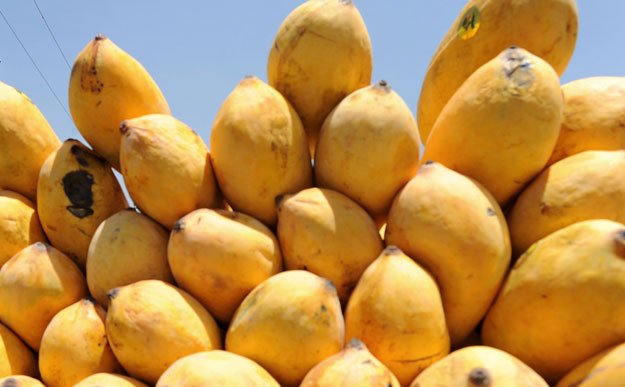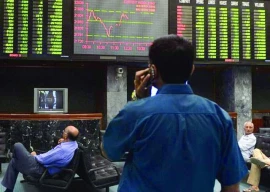
Traders have lamented that even after 10 years since the US approved a zero-rated facility under the Generalised System of Preferences (GSP), Pakistani mango exporters have failed to grab a modest slice of the American market.
In a statement on Tuesday, Federation of Pakistan Chambers of Commerce and Industry (FPCCI)’s Standing Committee on Agriculture former chairman Ahmad Jawad regretted that the exporters had failed to take full benefit of the scheme in the past 10 years.
Last year, the US imported mangoes worth $719 million but mango export from Pakistan stood below $90 million. Though a modern irradiation facility was planned to be established by the Pakistan Atomic Energy Commission in Lahore, the Pakistan Horticulture Development and Export Company (PHDEC), which was leading the initiative, was left virtually dormant.
After consistent efforts, the business community had managed to convince the United States Department of Agriculture (USDA) to consider approving its irradiation facility, which was operated by the public sector, and it agreed with certain conditions.
The USDA said that if the government of Pakistan agreed to bear the cost of its inspectors to be deployed at the facility, then the US could consider granting approval.
However, the Ministry of Commerce refused to pay salaries and other allowances to the USDA inspectors for inspection of mango shipments meant for export, he said. “As a result, our mango export to the US stands at just 30 tons each year.”
He added that India had an irradiation facility, which was why it was able to export mangoes to the US even through the sea route.
Indian mangoes meant for export to the US are transported to one of the two irradiation centres in the country built to boost mango shipments.
According to him, lofty freight charges, calculated at Rs400 per kg of mangoes, were the biggest hurdle in the way of export to the US.
“What makes export virtually impossible is the fact that mangoes have to be irradiated at US facilities, which involves booking and trucking of cargo to a particular facility, completing the irradiation process and taking it back to the market,” he elaborated.
Each kg of mangoes cost around $8 to reach the US market. The US government has set up three irradiation facilities for Pakistani mangoes in Mississippi, Texas and Iowa.
Investment in horticulture can result in many benefits, especially in the form of employment, since the rural population is dependent on agriculture for sustenance. This can also lead to poverty reduction and positively impact the macroeconomic indicators.
Speaking to The Express Tribune, Sindh Abadgar Board (SAB) Senior Vice President Mahmood Nawaz Shah said that there were two reasons why Pakistan was lagging behind in mango export.
“Firstly, horticulture is exported by the middlemen, who do not add any value to the product and they just ship fruits to other countries without any idea of the demand for testability or minimum pasteurisation,” he said.
“Middlemen lack the mindset of traders, who maximise exports in terms of value and search for new markets.”
He lamented that Pakistan had searched for enough new markets, however, it was unable to penetrate them according to the needs of consumers. Secondly, he said that government institutions were not working efficiently to promote export.
“The tragedy with horticulture export, particularly with mango, is that it has not been able to penetrate non-ethnic markets and supermarkets of North America and Europe that are potentially best export points and can fetch significant foreign exchange,” said Shah.
Published in The Express Tribune, March 24th, 2021.
Like Business on Facebook, follow @TribuneBiz on Twitter to stay informed and join in the conversation.
























COMMENTS
Comments are moderated and generally will be posted if they are on-topic and not abusive.
For more information, please see our Comments FAQ